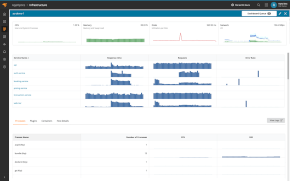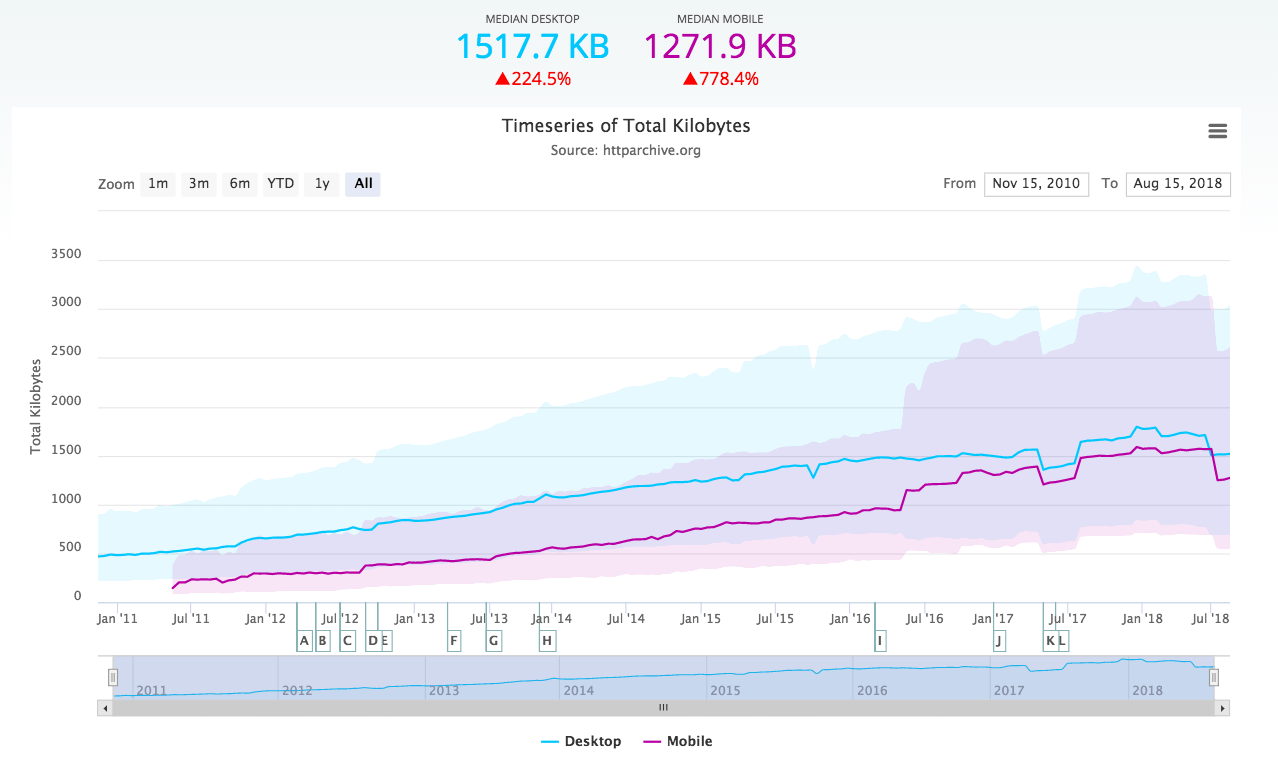 Have you ever scanned a QR code? If you have, did you get a discount on something? Did it reveal some cool information? Did it give you an offer you just couldn’t refuse?
Have you ever scanned a QR code? If you have, did you get a discount on something? Did it reveal some cool information? Did it give you an offer you just couldn’t refuse?
It’s clear that QR codes are increasing in popularity, but to be truly as viral and useful as many companies hope they will be, they have to become more useful.
We have an example from the Pingdom office today of a QR code that doesn’t deliver any added value to the customer at all. Read on to find out more.
QR codes: a mixed bag of success
There’s no doubt that QR codes have been applied in some rather creative and useful ways, for example:
- Business cards come to mind as a good example of where QR codes can add value and functionality.
- Placing them on DVDs and movie posters where scanning the code takes you to the trailer for the movie.
- Google’s experiment with using QR codes for logging in to its website.
- Tesco’s virtual supermarket in South Korean subway station.
- A QR code on the rooftop of a building so it’s viewable in Google Maps.
- A rather macabre example of the use of QR codes is that they’ve apparently been placed on some tombstones.
- And other more “special” applications.
A survey by Chadwick Martin Bailey in the USA, released this month, revealed that QR codes is something people don’t really know what it is, even though a majority recognize one when they see it.
Here are some key data points:
- Almost 80% of people had never heard of “QR code,” but just as many admitted to having seen one.
- Smartphone owners were understandably a bit more QR code savvy; 50% have scanned one.
- But 57% of those who have scanned a QR code did nothing with the information it revealed. Only 18% made a purchase.
- 18% said the information from a QR code is not useful, 42% had mixed feelings.
The burger and the QR code
Since we work so hard, we get hungry, and we look forward to lunchtime with great anticipation. Today, one of the Pingdomers went to a Max restaurant and brought his meal back to the office to eat. Max is a well-known Swedish chain of hamburger restaurants, and we have one right around the corner from the Pingdom HQ.

Someone around the table noticed the paper bag from Max had a QR code on it, and someone else decided we had to find out what secrets it kept, so they took a picture.
Once the code was photographed, it was revealed that it had a URL embedded in it. The URL was http://www.max.se/kampanj/momsfilibabba/QR, which automatically and instantly redirects to http://www.max.se/momsfilibabba.aspx. That page looked like this on the iPhone we used to scan the QR code with:

This page doesn’t present any offer, discount, or anything special to the benefit of the customer, at least not as it relates to having scanned the QR code. The page does, however, show off Max’s “moms fillibabba” promotion. This promotion is all about lower prices at Max. Lower prices is a result of the reduced sales tax on restaurant food in Sweden effective January 1, 2012.
We all like that the price of Max’s hamburgers has gone down, but it doesn’t seem like you should end up on that page when scanning the QR code.
And to make it even less understandable, the page you land on after following the QR code, just redirects to the company’s homepage:

As you can see, also the homepage doesn’t offer anything in particular in reference to the QR code. We fully expected some kind of special offer or something because we had taken the time to take a picture of the code, follow the embedded URL, etc.
You know, “Thank you for eating at Max – here is 10% off on your next meal!”
Unfortunately, this is a lost opportunity for Max to make an impression for being cool enough to have put a QR code on its paper bag.
Where is the imagination?
Besides some of the examples mentioned earlier, it seems like we’ve not come across the “killer application” for QR codes yet. At least our experience today with Max hamburgers was a disappointment, which caused confusion more than excitement.
We’re a fairly techy bunch at Pingdom. Perhaps if someone with less inherent interest in anything digital were to scan the same code, his or her experience would be even more confusing than ours.
As we applaud Max’s willingness to embrace new technology and put QR codes on its paper bags, we also question the usefulness of the code in this particular case. Hopefully the next time someone in the Pingdom office goes to Max, things will be different.
We’d like to send a special thank you to our Twitter followers who helped out with some examples of the use of QR codes.
























